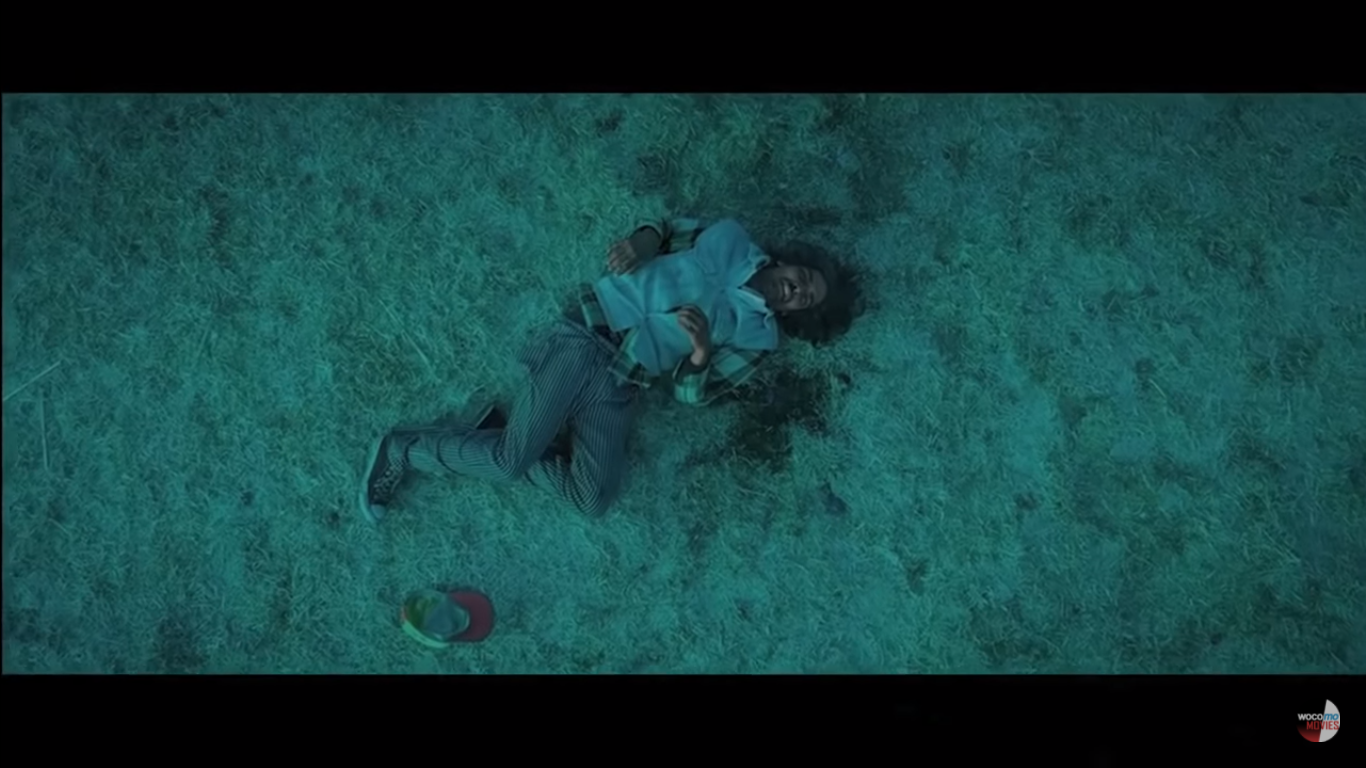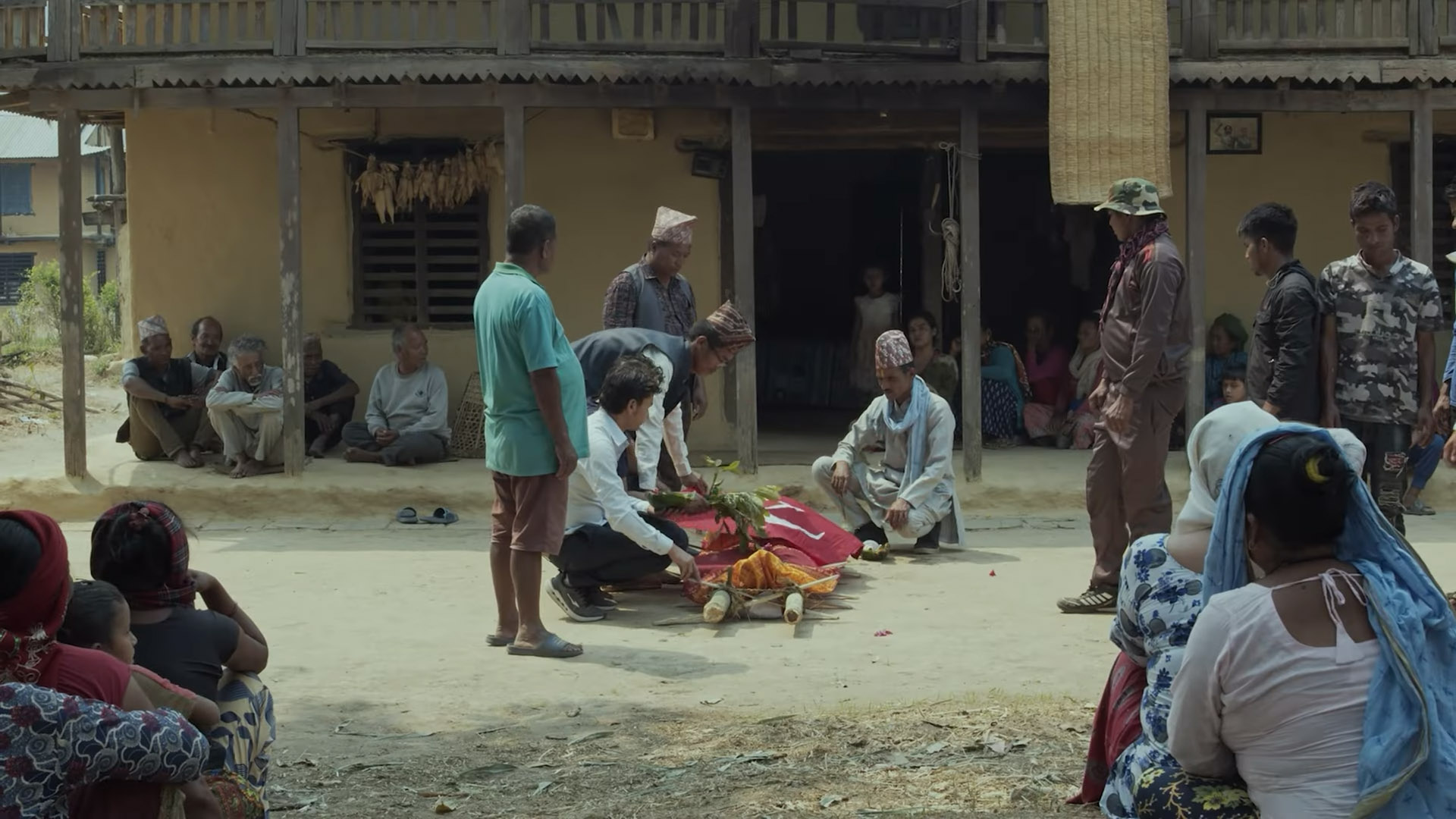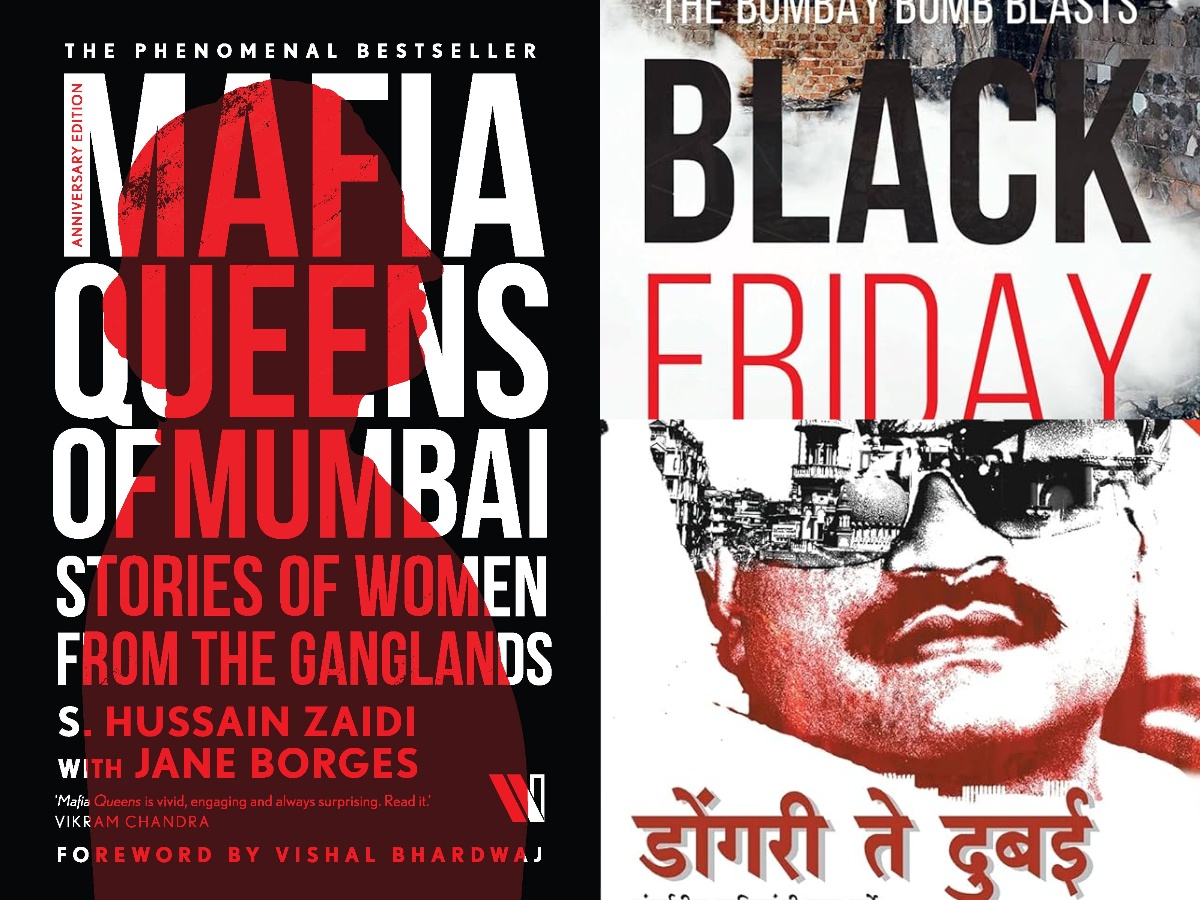Sublime, artistic and magical, The Contagious Apparitions of Dambarey Dendrite (2013) might not be your regular cup of tea. The 18-minute short movie, directed by Bibhusan Basnet and Pooja Gurung, showcases the talent of storytelling much better than most of Nepali films today as they extravagantly rely on a pretentious screenplay that makes you think that there is no creativity in Nepali cinema-sphere.
The Contagious Apparitions of Dambarey Dendrite is a multiple award-winning movie having already received accolades such as Golden Comma Award by National Institute of Design’s South Asian Short and Documentary Film Festival 2014, Child Protection Award at Abu Dhabi Film Festival 2013 and Jury Special Mention – Fiction at Kathmandu International Mountain Film Festival 2014.
The movie tells the story of Dambarey (played by Anupam Sharma), a street kid who regularly sniffs dendrite and lives his own world in trance amid his friends. Dambarey lives around a riverbank cum wasteland and sleeps inside an RCC pipe. One day while sniffing his bag, he sees a dollar bill floating in the air, which he and his friends chase but, to their dismay, could not get it. But, as the plot thickens, the dendrite-induced hallucinations make Dambarey unable to separate dreams from reality.

Like the American Dream, portrayed in the likes of The Great Gatsby, Dambarey Dendrite portrays ‘the Nepali Dream’ which is explored only in a few Nepali storytelling mediums like Pashupati Prasad. The directors choose the setting of a wasteland scrupulously to showcase the living conditions of Dambarey. The wasteland can be understood as a symbol of haphazard development.
Dambarey, who represents the section of an extremely disadvantaged people, chases the dollar bill along with his friends, which could symbolically represent that people living in poverty chasing for easy money. And, as he is always high on the dendrite, he could be chasing an illusion. As Dambarey gets hold of a lot of money, he does not know what to do with it and, when he feels cold, burns them.
There are other elements such as the fox which represent those who distribute the dreams of prosperity but only play with Dambarey’s mind. Some of the children have mobile phones with them and are symbols to the things we chase to deceive ourselves that our lives are getting better. Dambarey passing his sniffing bag to a young child is him passing his dreams and illusion to the next generation.

Narendra Mainali has done a marvellous job behind the camera to capture the vision of the directors into frames. The lighting and colour saturation match with the short movie well and set up the grim theme of the movie. The imaginary flight Dambarey takes is a beautiful scene to watch. And, Rajan Shrestha’s editing between shots are perfectly timed. What makes the movie much better is the engaging background music composed by Rohit Shakya. And, the electronic music creates the ambience of the movie and fits into it perfectly. The song, “Mantri ko chhoro haina” deserves special recognition.
And then, look at the actors. Anupam Sharma’s portrayal of Dambarey is one of the finest actings in any Nepali movie you have ever seen. From mannerisms to dialects, it is his standout acting that the short movie tells the story through so good. The actors who played his entourage do a fine job too. Pooja Gurung’s cameo as the street woman is equally powerful.
Overall, the movie is one of the finest Nepali movies ever produced. The movie defines illusion purposefully as an answer to poverty. Dambarey’s need to sniff dendrite and hallucinate to escape from his reality is perfectly portrayed. And, as the cycle of his reality does not break, his illusions are passed onto another generation. Although the regular use of profanity might discomfort some of you, it is just the realism that the movie adapted best. We recommend you to watch the movie.
—
Directors: Bibhusan Basnet and Pooja Gurung
Producers: Bibhushan Basnet, Pooja Gurung, Arjun Karki and Prawin Takki Karki
Cast: Anupam Sharma, Sajan Thapa Magar, Hira Nepali, Bhuwan Lama, Manish Rai, Hari Karki, Saugat Malla
Cinematographers: Narendra Mainali
Editor: Rajan Shrestha
Music: Rohit Shakya

























